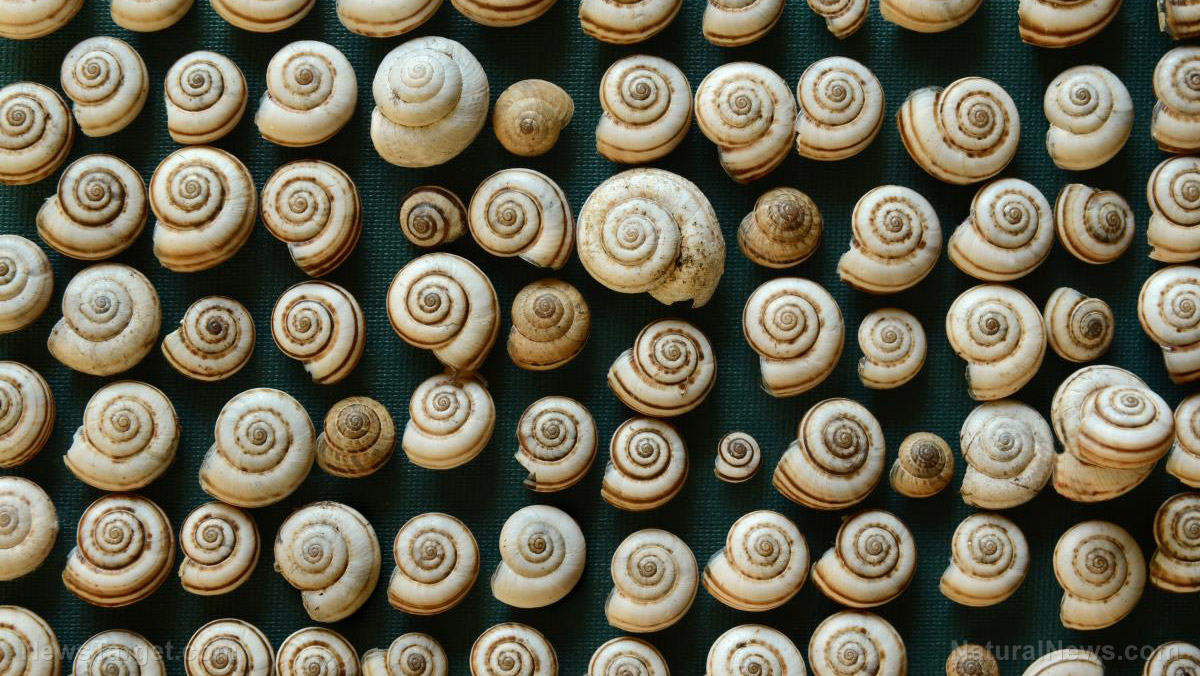Scientists develop graphene using eucalyptus bark
03/10/2020 / By Franz Walker

As one of the thinnest, most flexible and conductive materials known to man, graphene is an important material for technologies such as flexible nanoelectronics and fuel cells. Recently, a team of researchers from Australia and India has figured out how to add “sustainable” and “affordable” to graphene’s list of attributes as well.
A new method for producing graphene, developed by a team of international researchers at RMIT University in Australia and the National Institute of Technology, Warangal (NITW) in India, uses eucalyptus bark extract to produce the material. This new method could reduce the cost of production from as around $100 per gram to as low as $0.5 per gram.
“Eucalyptus bark extract has never been used to synthesize graphene sheets before and we are thrilled to find that it not only works, it’s in fact a superior method, both in terms of safety and overall costs,” Suresh Bhargava associate pro-vice-chancellor for the College of Science, Engineering and Health at RMIT, said.
Producing green graphene
Current low-cost methods of producing graphene use chemical reduction to synthesize graphene oxide in bulk quantities. However, this method uses toxic reducing agents that are harmful to both humans and the environment. The method used by the researchers, on the other hand, does not need toxic reducing agents. Instead, it uses the polyphenol compounds present in eucalyptus bark.
To create the “green” graphene sheets, the researchers first created an extract from eucalyptus bark. This was made by grinding dried eucalyptus bark was a fine powder which was then added to purified water. This mixture was then heated for 30 minutes at approximately 70 C and then filtered. As the process only uses bark from eucalyptus trees—which are very common in Australia—and water, the cost of making the extract is very low.
The researchers then used the eucalyptus extract to reduce a sample of graphene oxide into soluble graphene. Traditionally, this process required the use of phosphorous pentoxide, a highly corrosive chemical that can cause severe burns to the eye, skin, mucous membrane, and respiratory tract—even at low concentrations.
The researchers then tested a supercapacitor made with the “green” graphene against one using graphene created through traditional methods. As detailed by the researchers in their study, the “green“ graphene matched the quality and performance characteristics of traditionally-produced graphene.
Green graphene for other green technologies
A supercapacitor is just one of the many new and exciting eco-friendly technologies enabled by graphene. Supercapacitors bridge the gap between regular capacitors and batteries, being able to store more energy than the former while being able to accept and deliver charge much faster than the latter.
While supercapacitors have their advantages, the relatively high cost of making them has held the technology back. The massive savings from the new, eucalyptus based method devised by the researchers, however, may help finally push the technology forward.
Aside from supercapacitors, graphene’s flexibility and strength also make it useful in a number of other applications. Researchers have already started experimenting with using graphene to create a stronger and more water-resistant form of concrete, one that uses less cement in its manufacture. This new method also promises to be more environment-friendly as well.
In addition to this, Russian researchers have demonstrated that graphene can be used as a cheap yet reliable water purifier. Not only is graphene effective in removing bacteria, but it can also be easily cleaned for reuse in the future. Bacteria also aren’t the only things that graphene can filter out: Other studies have also shown that it can be used to remove salt from seawater to make it potable.
“Graphene is a remarkable material with great potential in many applications due to its chemical and physical properties and there’s a growing demand for economical and environmentally friendly large-scale production,” Vishnu Shanker from NITW said. The hope now is that, with the new eucalyptus-based method developed by the research team, these technologies become more commonplace.
Sources include:
Tagged Under: breakthrough, eucalyptus, future tech, goodtech, green technology, innovation, supercapacitors
RECENT NEWS & ARTICLES
Physics.News is a fact-based public education website published by Physics News Features, LLC.
All content copyright © 2018 by Physics News Features, LLC.
Contact Us with Tips or Corrections
All trademarks, registered trademarks and servicemarks mentioned on this site are the property of their respective owners.



















